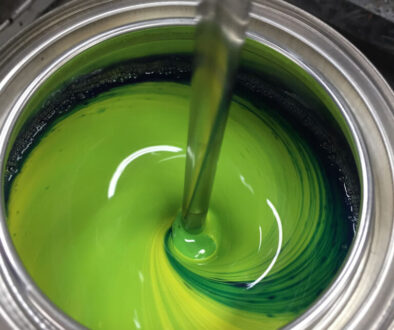Polymer Product Presentation: Water Based Industrial Polymers for Optimum Resistance
Resistance is a key attribute for most practical polymers. But underwater environments obviously bring a different kind of challenge to resistance. That is why many of our water based industrial polymers are especially made with resistance in mind. As part of a special showcase, we would like to give you a special look into the 3 main products that provide optimum resistance.
Ottopol 522
The Ottopol 522 is a hard acrylic emulsion that crosslinks with melamine or aziridine. It comes with Hydroxyl functionality, and is a great tool for solvent resistance. It is especially resistant to numerous liquids and solvents. The 522 also has catalyzed coatings, which carry high blocking properties. It has a milky white appearance, a viscosity level of 500 – 1500 cps, and a pH level of 6.5 – 7.5
Ottopol KX-99
The KX-99 is a Hydroxyl Functional Cationic Acrylic Solution Polymer. It has the ability to crosslink at room temperature with polyisocyanates and epoxy silanes (the two of which allow for the fastest and most resistant coating to be formulated). The KX-99 is a clear solution with a viscosity level of 300 – 800 cps, and a pH level of 5.0 – 6.0. It has a Freeze Thaw Stability of 5 cycles. Its specific gravity is 1.0442, and its flash point is the same as water.
Ottopol 510-28
This 510-28 carries many unique qualities. It appears as a hazy solution with a viscosity level of 2,000 – 4,000 cps, and a pH level of 8.0 – 9.0. Its glass transition temperature is 32 degrees C. In order to coat properly, the coat must reach 220 degrees F to kick off the cross linking. Its freeze thaw stability is 5 cycles. Its specific gravity is 1.0476, and its flash pint is the same as water.
For more options on unique water based industrial polymers, be sure to continue looking through our product guide. For information not found in the guide, feel free to contact Gellner Industrial today for all of your questions regarding the capabilities of water based industrial polymers.


